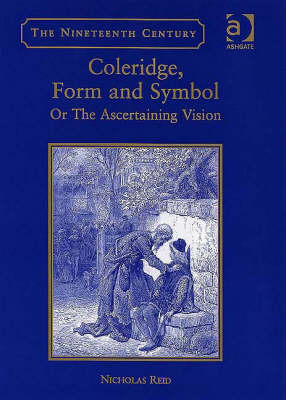The Nineteenth Century
1 total work
In his convincingly argued book, Nicholas Reid shows just how central Coleridge's theories of imagination, form, and symbol were to Coleridge's metaphysics. What distinguishes Reid's book is the admirable way he takes up the thorny issues of perception and image, and their relation to language, and makes successful use of both cognitive science and recent philosophical writings to show the continuing relevance of Coleridge's views. Reid draws on recent work in the theory of mind by Damasio, Lakoff, and others, and also goes back to the work of Susanne Langer and L. A. Reid, to demonstrate the centrality of concrete form for Coleridge, giving an integrated account of Coleridge's theory (including terms like 'symbol' and 'organic form') and also situating these central Coleridgean concerns within a contemporary realist and non-theistic aesthetic. In addition, he offers a clear account of Schelling's place in the development of Coleridge's thinking. Reid's interdisciplinary approach will make this book invaluable not only to Coleridge specialists but also to students and scholars concerned generally with the history of philosophy, psychology, religion, and literature.
